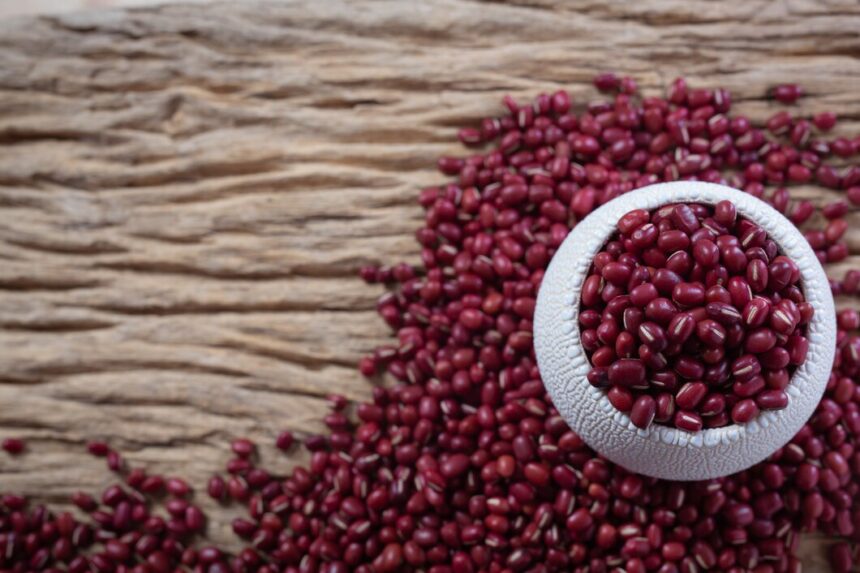Adzuki beans, also known as red beans, are gaining popularity in South Africa due to their nutritional value and versatility in various culinary dishes. To optimize their production and ensure high quality and yield, farmers can employ several effective techniques tailored to local conditions and practices. Here are key strategies for enhancing the quality and yield of adzuki beans in South Africa:
1. Selecting Suitable Varieties:
Choosing appropriate adzuki bean varieties adapted to South African climates and soil conditions is critical. Varieties that exhibit disease resistance, drought tolerance, and optimal growth characteristics can significantly enhance yield and quality.
2. Optimizing Soil Preparation:
Adzuki beans thrive in well-drained soils with good fertility. Conduct soil tests to determine nutrient deficiencies and pH levels. Incorporate organic matter such as compost to improve soil structure, water retention, and nutrient availability.
3. Implementing Crop Rotation:
Rotate adzuki beans with other crops to break pest and disease cycles and replenish soil nutrients. Legume crops like adzuki beans fix nitrogen, enriching the soil for subsequent crops, such as maize or sorghum, commonly grown in South Africa.
4. Effective Irrigation Management:
Adzuki beans require adequate moisture throughout their growth stages. Implement efficient irrigation techniques such as drip irrigation or furrow irrigation to optimize water use efficiency and reduce water stress during critical growth periods.
5. Appropriate Planting Time and Density:
Plant adzuki beans during the optimal planting window for your region, typically after the last frost date and when soil temperatures are warm enough for germination. Ensure proper spacing between plants to facilitate adequate airflow and sunlight penetration, which promotes healthy growth and reduces disease incidence.
6. Integrated Pest and Disease Management:
Monitor adzuki beans regularly for pests such as aphids, bean beetles, and diseases like rust and powdery mildew. Implement integrated pest management (IPM) strategies, including biological controls, crop rotation, and the use of resistant varieties or organic pesticides to minimize damage and yield losses.
7. Fertilization Practices:
Apply fertilizers based on soil test recommendations and crop nutrient requirements. Incorporate nitrogen-fixing inoculants or organic amendments to supplement soil fertility and support robust plant growth and bean development.
8. Weed Control:
Maintain weed-free fields through cultural practices such as mulching, hand weeding, or herbicide application (if necessary and following local regulations). Weeds compete with adzuki beans for nutrients, water, and sunlight, thereby reducing yield and quality.
9. Harvesting and Post-Harvest Handling:
Time harvesting when adzuki beans reach physiological maturity but before pods shatter. Use appropriate harvesting equipment to minimize mechanical damage. Implement proper drying and storage practices to maintain bean quality and prevent mold or pest infestations.
10. Continuous Monitoring and Learning:
Regularly assess crop performance, yield, and quality metrics. Keep records of inputs, observations, and outcomes to identify trends, challenges, and successes. Participate in local agricultural extension services, workshops, and research to stay informed about emerging techniques and best practices.
By implementing these techniques tailored to South African conditions, farmers can enhance both the quality and yield of adzuki beans. Sustainable agricultural practices, coupled with continuous learning and adaptation, are key to maximizing production efficiency, profitability, and sustainability in adzuki bean cultivation. With proper management and dedication, South African farmers can capitalize on the growing demand for adzuki beans in local and international markets, contributing to agricultural diversification and food security efforts in the region.
Join 'Farmers Mag' WhatsApp Channel
Get the latest Farming news and tips delivered straight to your WhatsApp
CLICK HERE TO JOIN






